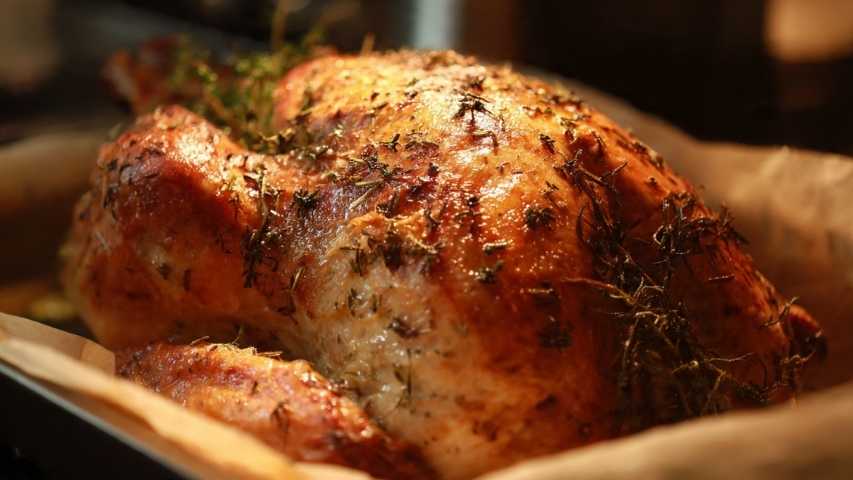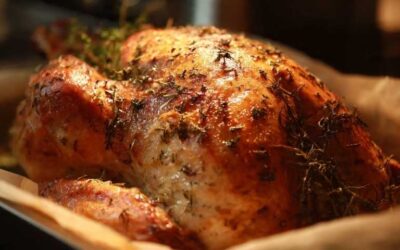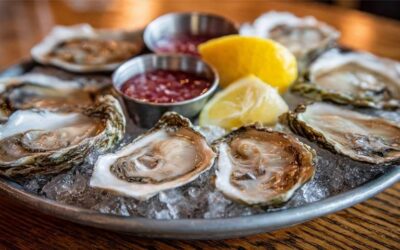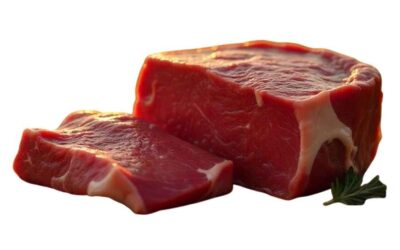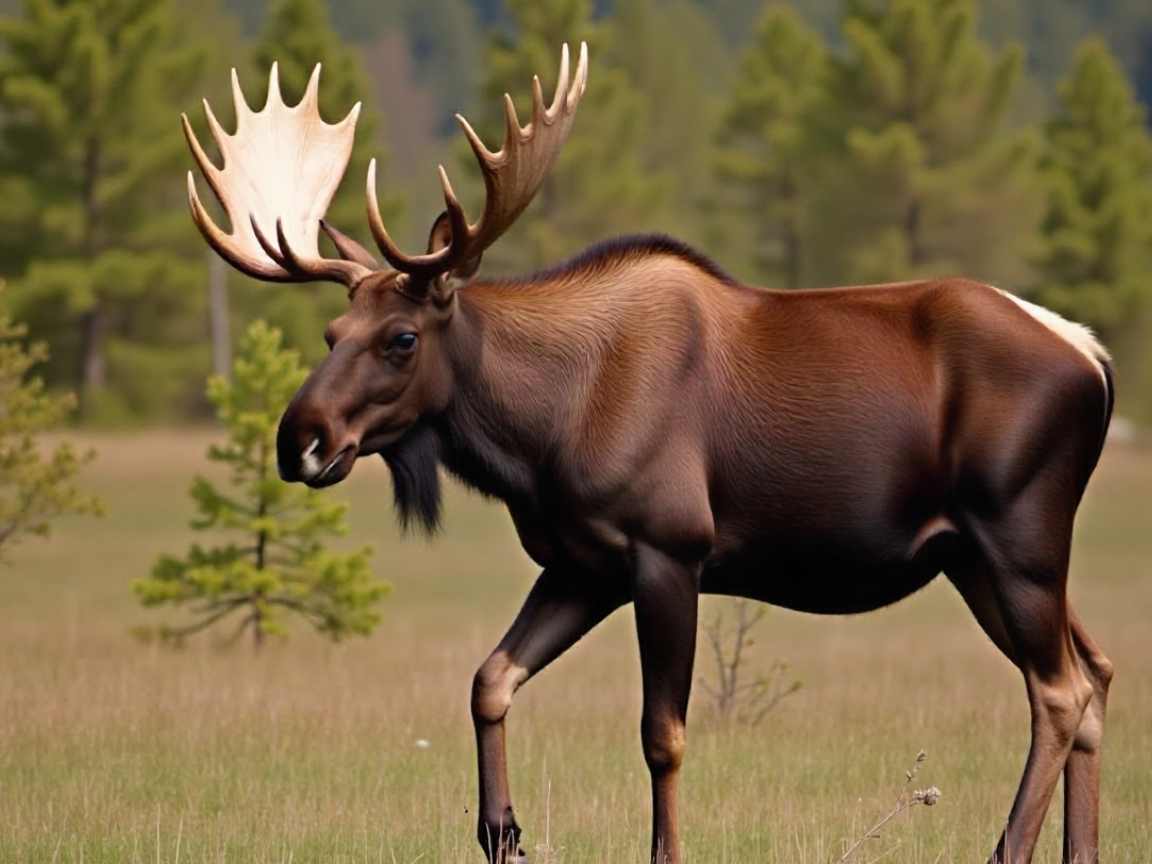Moose meat is one of North America’s most unique wild game choices, but many people haven’t had the chance to try it. If you’re interested in what moose tastes like, you’re in good company. Learning about its flavor can help you decide if you want to order it at a restaurant, buy it from a specialty butcher, or even try hunting for it yourself.
Moose, a large relative of the deer, offers a very different eating experience from common meats. It’s a lean protein with flavors shaped by what the animal eats and where it lives. Whether you love trying new foods or want a sustainable meat option, knowing what moose tastes like can help you get ready for something new.
Let’s explore everything you need to know about moose meat, from its distinctive flavor profile to the best cooking methods that bring out its natural qualities.
The Flavor Profile of Moose Meat
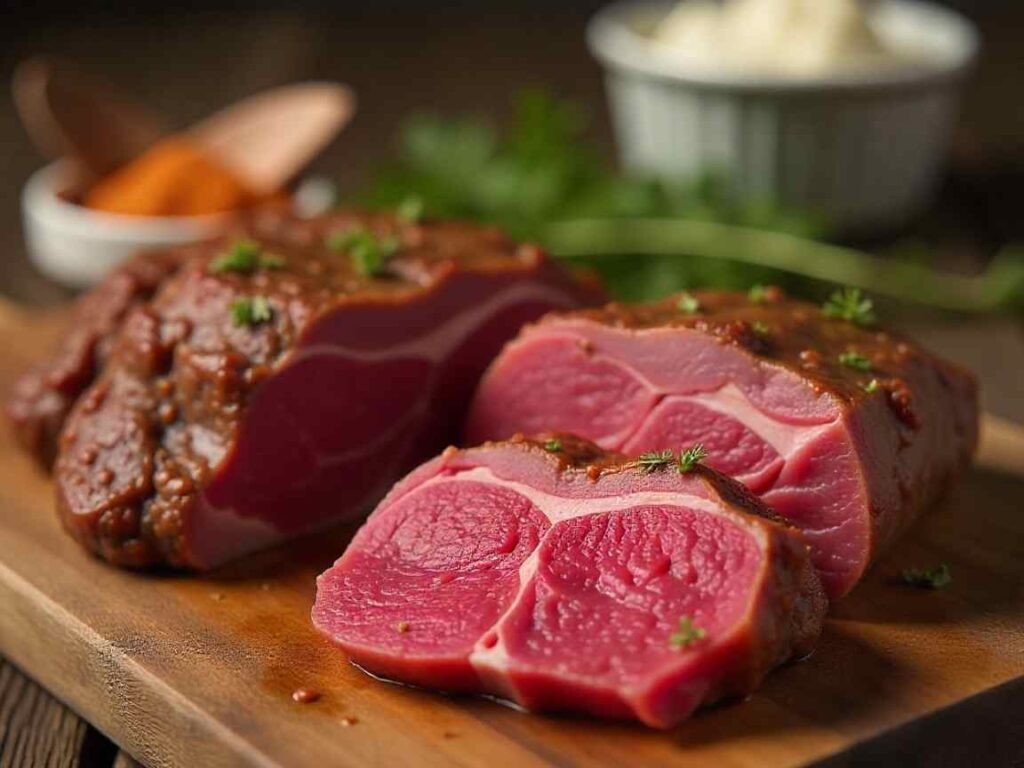
Moose meat has a rich, bold flavor that stands out from beef and other familiar meats. People often describe it as slightly sweet with earthy notes, thanks to the moose’s diet of wild plants and willows. This natural way of eating gives moose meat a more complex taste than most farm-raised meats.
The meat has a deep, gamey flavor that is neither overpowering nor unpleasant. Many first-time tasters compare it to a cross between beef and venison, though moose tends to be milder than deer meat. The flavor intensity can vary depending on the animal’s age, diet, and the time of year it was harvested.
When handled well, moose meat keeps a clean taste, unlike some wild game that can be too strong or muddy. Younger moose are sweeter, while older bulls have a stronger, more noticeable flavor.
Texture and Consistency

Moose meat is very lean, with much less fat than beef. Because of this, it has a firm, dense texture and can get tough if cooked too long. The muscle fibers are thicker than in beef, so the meat feels more substantial.
If you cook moose the right way, it can be as tender as a lean beef roast. The meat stays together well, so you can use it in many recipes. Just remember, because it’s low in fat, it can dry out fast if cooked at high heat for too long.
Different cuts of moose have different textures. Tender cuts like the backstrap and tenderloin are softer, while tougher cuts from the shoulder or hindquarters are best cooked slowly to make them tender.
Comparing Moose to Other Meats
Moose vs. Beef
Moose meat has much less fat than beef—only about 1-2% compared to beef’s 15-25%. (Moose, n.d.) This makes it less greasy and gives it a cleaner taste. Moose also has a more complex, earthy flavor, unlike the mild taste of grain-fed beef.
Nutritionally, moose provides more protein per serving and contains higher levels of iron and B vitamins. (Calories in Moose Meat and Nutrition Facts, n.d.) The texture is firmer and requires more careful cooking to prevent drying out.
Moose vs. Venison
Both moose and venison are wild game, but moose is usually milder. Deer meat can taste stronger, especially from older animals. Moose has a sweeter, gentler flavor that many people find easier to enjoy.
Moose is also usually more tender than venison if cooked right, and it doesn’t have the stringy texture that deer meat sometimes does.
Moose vs. Elk
Elk and moose are similar, but moose usually tastes a bit stronger. Elk is often the mildest of the big game meats, while moose is somewhere between elk and deer in flavor.
Both meats are lean and benefit from similar cooking techniques, though moose cuts tend to be larger due to the animal’s impressive size.
Factors That Influence Taste
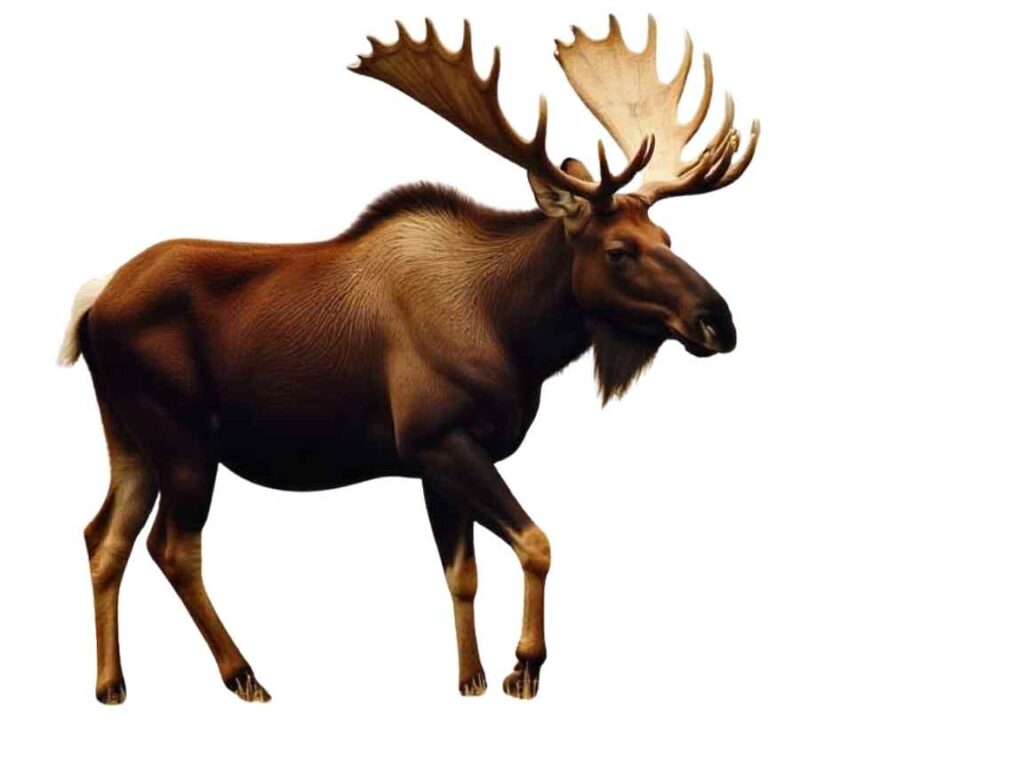
Many things affect how moose meat tastes, starting with what the animal eats and where it lives. Moose that eat mostly water plants and young shoots usually have milder, sweeter meat. If they eat older plants or strong-tasting vegetation, the flavor can be stronger.
The time of year also matters. Moose hunted in early fall, before mating season, usually taste better. During mating season, hormones can change the meat’s quality and flavor.
Age is important, too. Younger moose have meat that’s more tender and mild, while older ones taste stronger and are tougher. Bulls usually have a more intense flavor than cows.
How the meat is handled after hunting is very important. Cooling it quickly, processing it cleanly, and letting it age properly all help the flavor. If not managed well, the meat can develop off-flavors.
Best Cooking Methods for Moose
To make moose meat taste great, remember that it’s very lean and adjust your cooking methods. Cooking it slowly at low temperatures works best for most cuts, keeping the meat moist and flavorful.
Roasting works well for larger cuts, such as roasts. Cook at lower temperatures (275-300°F) and use a meat thermometer to avoid overcooking. Adding fat through barding or frequent basting helps prevent the meat from drying out.
Braising works well for tougher cuts. Cooking them slowly with moist heat breaks down the tough parts and makes the meat tender and tasty. You can use wine, broth, or even beer as the cooking liquid.
You can grill tender cuts like steaks, but watch them closely. Use high heat for a short time to keep them from drying out. Marinating before grilling adds moisture and flavor.
Ground moose works in lots of recipes. Mixing in some pork or beef fat helps with texture and keeps it from drying out. It’s great for burgers, meatballs, and sausages.
Nutritional Benefits
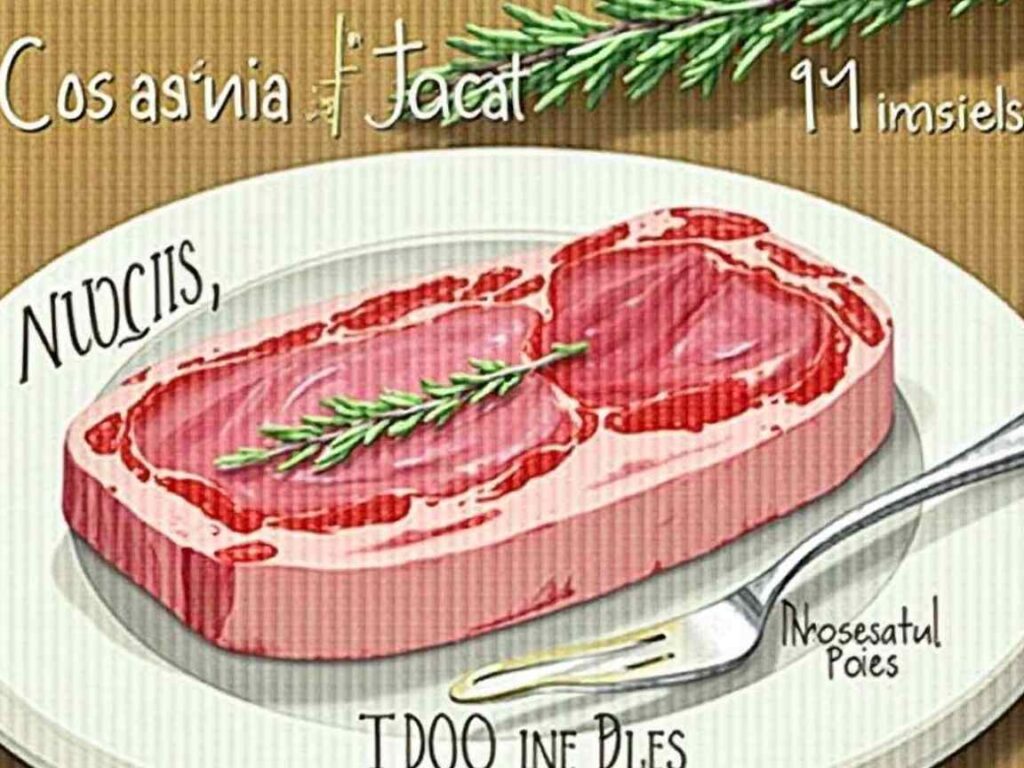
Moose meat is a great choice if you care about nutrition. It’s very high in protein and has all the amino acids your body needs for muscle growth and repair. A 3.5-ounce serving has about 30 grams of protein. (Moose Meat Nutritional Value, n.d.)
Moose meat is also rich in iron—about twice as much as beef—so it’s a good option if you need more iron. (Iron Content of Moose | Daily Iron, n.d.) It also has plenty of zinc, phosphorus, and B vitamins, especially B12.
Moose meat has very little saturated fat and no carbs, so it works for many diets. It’s also naturally free of antibiotics, hormones, and other additives you might find in store-bought meat.
Moose also has more omega-3 fatty acids than most farm meats, which is good for your heart and helps reduce inflammation. (Boyers & Lindsay, 2018)
Where to Find Moose Meat
Getting moose meat isn’t easy since you won’t find it in regular grocery stores. Most people call it hunting, which requires a license and sometimes a lottery for hunting tags.
Some specialty meat suppliers sell farm-raised or imported moose, but it can be pricey. You can also ask local butchers who work with wild game—they might know legal sources.
In places where moose are common, some restaurants serve it, especially during hunting season. This is a good way to try moose meat before buying a lot.
Some online stores that sell exotic meats sometimes have moose, but prices and availability can change a lot, and shipping can be expensive.
Your Next Wild Game Adventure
Moose meat is a unique food that sits between the familiar taste of beef and the bold flavors of wild game. Its sweet, earthy flavor and lean texture make it a great option if you want to try new proteins and eat more sustainably.
To enjoy moose, it’s important to prepare it properly and know what to expect. It’s not beef, so don’t treat it the same way. Think of it as a chance to taste something that reflects the wild and natural world.
Whether you’re going hunting, eating at a restaurant with game meats, or shopping at a specialty store, knowing what moose tastes like helps you decide if it’s right for you and what to expect from this unique wild game.












